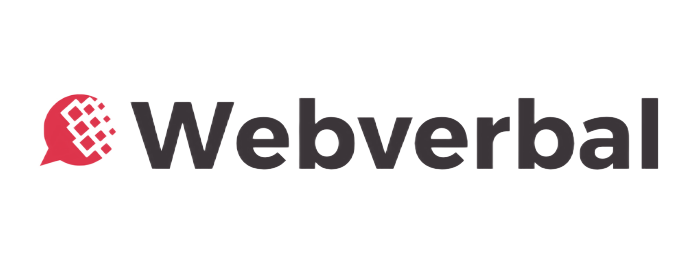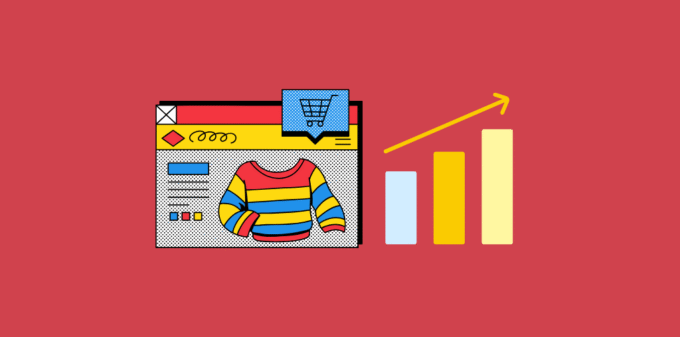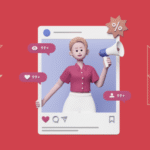Table Of Content
- Why Tier 2 and Tier 3 E-commerce in India is Booming
- 1. Internet Penetration is Exploding
- 2. Disposable Incomes Are Rising
- 3. COVID Changed Buying Habits Forever
- 4. Regional Influencers Drive New Trends
- 5. Brands Are Finally Listening
- How Tier 2 and Tier 3 Consumers Shop Differently
- Language is Everything
- Smaller Baskets, Higher Loyalty
- Trust is Built Differently
- Regional Festivities Rule Shopping Calendars
- The Biggest Mistakes Founders Make in Tier 2 and Tier 3 E-commerce
- Mistake #1: Copy-Pasting Metro Playbooks
- Mistake #2: Skipping Regional SEO
- Mistake #3: Ignoring Local Logistics
- Mistake #4: Underestimating Language Diversity
- Mistake #5: Underpricing
- How Founders Can Win in Tier 2 and Tier 3 E-commerce in India
- 1. Localize Content—Truly
- 2. Build Local SEO Muscle
- 3. Master WhatsApp Commerce
- 4. Trust Signals Everywhere
- 5. Plan Regional Festive Calendars
- 6. Adjust Logistics and Inventory
- 7. Price Smart, Not Just Low
- My Personal Checklist for Tier 2 and Tier 3 E-commerce Success
- FAQ — Tier 2 and Tier 3 E-commerce in India
- Final Thoughts
There’s a conversation happening in every founder WhatsApp group I’m part of.
It goes like this:
“Bro, Delhi and Mumbai CACs are killing us. Should we try Tier 2 and Tier 3 cities?”
My answer is always the same: Not “should you” — but how fast can you?
Because if there’s one truth in Indian e-commerce today, it’s this:
The real growth story is no longer in metros. It’s in Bharat.
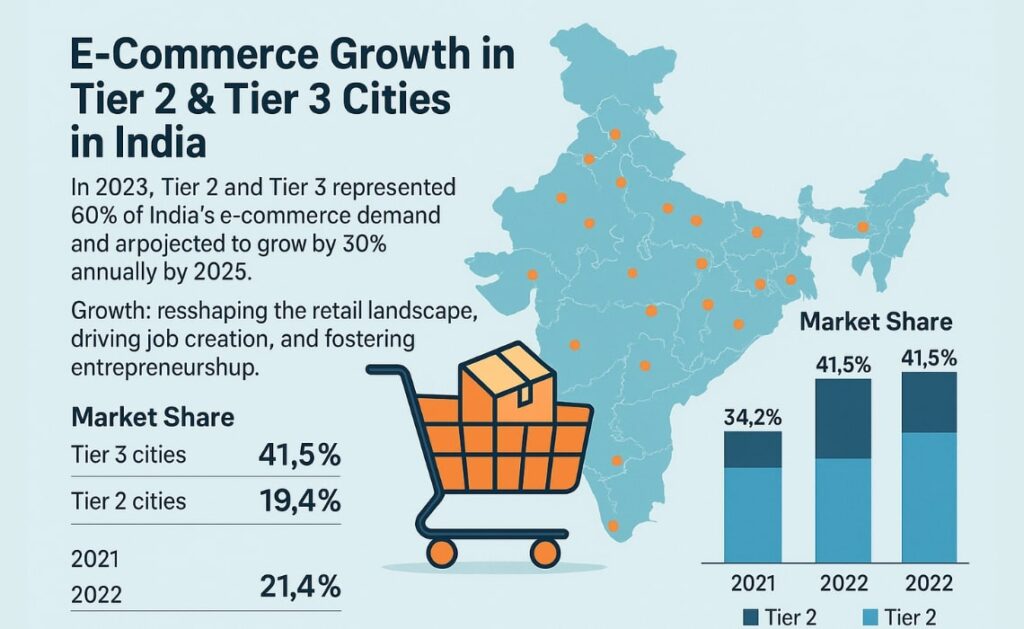
The rise of Tier 2 and Tier 3 e-commerce in India is not hype. It’s real. It’s measurable. And it’s reshaping how we think about customers, logistics, language, and brand storytelling.
But while the opportunity is massive, so are the mistakes founders make when they expand beyond big cities.
In this article, I’ll cut through the noise and show you:
- Why Tier 2 and Tier 3 e-commerce is booming in India
- The unique consumer behavior shaping Bharat’s online shoppers
- The biggest mistakes founders make when scaling beyond metros
- Practical, founder-tested strategies to win in these markets
Whether you’re running a ₹5 lakh/month D2C brand or building the next unicorn, this guide is for you.
Let’s dive in.
Why Tier 2 and Tier 3 E-commerce in India is Booming
Let’s get one thing straight: Tier 2 and Tier 3 cities are not “small towns.”
They’re booming economies with rising disposable income, cheaper digital costs, and hungry consumers who finally have the internet—and want to spend.
Here’s what’s fueling the surge:
1. Internet Penetration is Exploding
Back in 2016, India had around 300 million internet users. By 2025, we’re crossing 900 million—and over 60% are from Tier 2 and beyond.
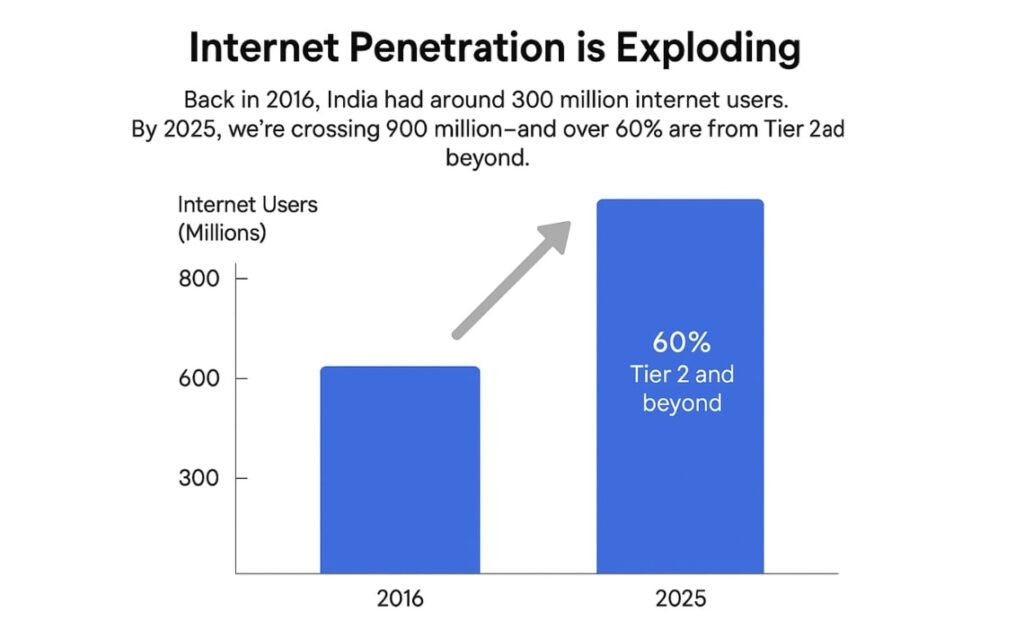
Why it matters:
- Data plans are dirt cheap.
- Smartphones are ubiquitous.
- Video content drives regional shopping habits.
Consumers outside metros are coming online fast, hungry for content—and commerce.
(Source: IAMAI, 2024 Digital India report)
2. Disposable Incomes Are Rising
Contrary to popular belief, money is not tight everywhere in Bharat.
Between 2015 and 2023, Tier 2 cities like Surat, Indore, and Jaipur reported 30-40% growth in per capita income.
People want to upgrade their lifestyles. From fashion to fitness to gadgets, they’re willing to spend—if you earn their trust.
3. COVID Changed Buying Habits Forever
The pandemic forced everyone—even in smaller towns—to try online shopping. Now they’re hooked:
- They trust COD less and UPI more.
- They’re comfortable paying online for quality.
- They expect big-city experiences.
4. Regional Influencers Drive New Trends
Local influencers on Instagram, Moj, and YouTube are shaping trends like never before.
A single viral reel from a Bhopal influencer can move product sales without Bollywood celebs.
5. Brands Are Finally Listening
Investors and brands are realizing that you can’t build scale in India without Tier 2 and Tier 3. The fight for metro consumers is too expensive.
Hence the gold rush.
How Tier 2 and Tier 3 Consumers Shop Differently
Let’s bust a myth:
Tier 2 and Tier 3 shoppers don’t just want cheap products.
What they want is value—and trust.
Here’s how they differ from big-city shoppers:
Language is Everything
Only ~10% of India’s internet users are truly English-first.
Regional languages are where Bharat shops.
Example:
- A Tamil-speaking buyer in Coimbatore is 3X more likely to engage with Tamil video ads than English ones.
- Hindi drives searches across Uttar Pradesh, Bihar, and parts of Madhya Pradesh.
Ignoring regional languages = leaving crores on the table.
Smaller Baskets, Higher Loyalty
Average order values (AOVs) in Tier 2/3 cities are 20-30% lower than metros. But:
- Repeat purchase rates can be higher.
- Customers appreciate brands who engage locally.
- Word-of-mouth is powerful and travels fast.
Trust is Built Differently
Metro consumers look for fancy UX and sleek websites. Bharat looks for:
- Cash-on-Delivery (still 50-60% of orders in smaller towns)
- WhatsApp support in local languages
- Reviews from local influencers
Without trust, conversions tank.
Regional Festivities Rule Shopping Calendars
In Mumbai, Diwali might be peak season. But in Kerala, Onam reigns. In Assam, it’s Bihu.
Local calendars dictate:
- When people shop
- What they buy
- How they respond to offers
The Biggest Mistakes Founders Make in Tier 2 and Tier 3 E-commerce
It’s tempting to think:
“We’ll just run some Hindi ads and lower prices.”
Wrong.
Here are the five killer mistakes I’ve seen:
Mistake #1: Copy-Pasting Metro Playbooks
Your Metro CAC strategies won’t work. CPMs might be cheaper in Tier 2/3—but only if you speak the customer’s language.
Mistake #2: Skipping Regional SEO
People don’t just Google “handloom saree.” They search:
- “Bhubaneswar re cotton saree shop”
- “Best khadi kurti shop in Lucknow”
If your SEO doesn’t reflect these searches, you’re invisible.
Mistake #3: Ignoring Local Logistics
Deliveries take longer outside metros. COD returns are higher. Not planning for this can kill your unit economics.
Mistake #4: Underestimating Language Diversity
“Hindi is enough for Tier 2” → False.
India has:
- 22 official languages
- Over 120 major dialects
One language never fits all.
Mistake #5: Underpricing
Don’t assume smaller towns only want discounts. They want quality—and they’ll pay if you prove value.
How Founders Can Win in Tier 2 and Tier 3 E-commerce in India
Now the good news: you can win. Here’s how:
1. Localize Content—Truly
Invest in:
- Regional language creatives
- Localized influencer partnerships
- Website experiences that switch languages seamlessly
Example:
A D2C brand I mentor switched 30% of their marketing budget to regional language content. CTRs rose 4X in Tier 2 cities.
2. Build Local SEO Muscle
Keywords matter:
- “Banarasi saree shop near me”
- “Bihar me organic spices”
Use tools like NeuronWriter or Ahrefs to find regional search terms. Create hyper-local content.
3. Master WhatsApp Commerce
For many in Bharat, WhatsApp = the internet.
- Send product catalogs in local languages.
- Provide real-time support.
- Run regional festival offers.
But remember: don’t spam. Personalization wins.
4. Trust Signals Everywhere
Include:
- Local influencer testimonials
- Regional customer reviews
- Transparent return policies in regional languages
- COD options with zero hidden charges
Trust is your best conversion hack.
Check My Article on The Power of Local Language Marketing in Indian Ecommerce
5. Plan Regional Festive Calendars
Don’t just run one “Diwali sale.” Know your audience’s festivals:
- Onam (Kerala)
- Bihu (Assam)
- Pongal (Tamil Nadu)
- Durga Puja (Bengal)
Tailor products and offers to these moments.
6. Adjust Logistics and Inventory
Work with logistics partners who:
- Handle COD efficiently
- Manage returns cost-effectively
- Have warehouses near major Tier 2/3 hubs
Example partners:
- Shiprocket
- Delhivery
7. Price Smart, Not Just Low
Instead of “lowest price,” focus on:
- Clear value propositions
- Bundling products
- Offering loyalty programs
Remember: people in Bharat are price-sensitive, not price-blind.
My Personal Checklist for Tier 2 and Tier 3 E-commerce Success
Here’s my founder-tested checklist for expanding into Tier 2 and 3 cities:
- Are your creatives localized into regional languages?
- Does your SEO target local keywords?
- Are you leveraging regional influencers, not just big names?
- Is your logistics partner reliable outside metros?
- Do your offers align with regional festivals?
- Are you building trust signals specific to local audiences?
- Is WhatsApp a core part of your communication plan?
- Have you tested pricing strategies for smaller towns?
- Are you gathering feedback directly from these markets?
Check My Article on E-commerce Marketing Strategies in India: What Actually Works in 2025
FAQ — Tier 2 and Tier 3 E-commerce in India
Q1. Are Tier 2 and Tier 3 cities only for low-budget brands?
→ No. These cities want quality and are willing to pay for it. Price sensitivity exists, but value matters more.
Q2. Is English marketing enough for smaller towns?
→ Rarely. Regional languages outperform English in engagement and conversions in Tier 2/3 cities.
Q3. Which product categories work best in Tier 2 and Tier 3 e-commerce in India?
→ Fashion, beauty, health products, home decor, regional foods, and electronics see strong demand.
Q4. Are logistics reliable in smaller towns?
→ Yes—but plan for slightly longer timelines and higher COD returns. Partner with experienced logistics players.
Q5. Should I focus on regional festivals instead of pan-India sales?
→ Absolutely. Regional festivals drive hyper-local spending and emotional buying.
Final Thoughts
Here’s the truth most marketing agencies won’t tell you:
Tier 2 and Tier 3 e-commerce in India is not just “the next market.” It’s the only market where long-term scale is still possible.
But only for founders willing to:
- Learn local languages (literally and culturally)
- Build trust where it matters
- Adapt their playbooks
- Move faster than competitors who still think only metros matter
If you’re dreaming of scaling your brand in India, don’t wait for the next funding round to look beyond metros. Start now.
Because Bharat is shopping. And it’s not waiting for anyone.
—
Debansh Das Sharma
The Unfiltered Founder
